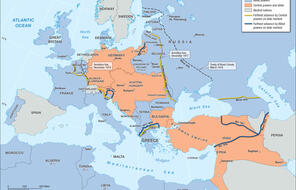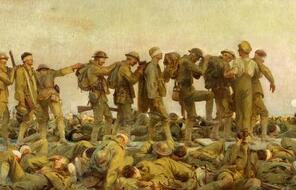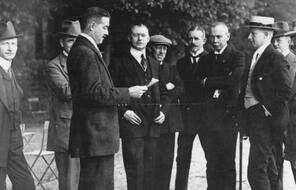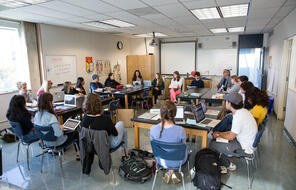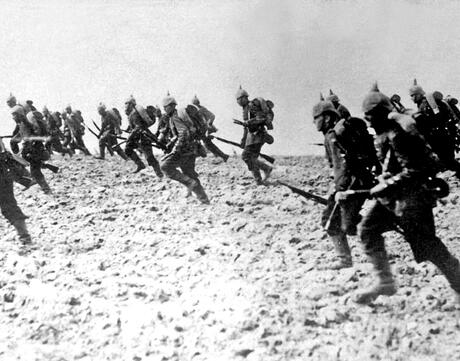
World War I and Its Aftermath in Germany
Duration
Two 50-min class periodsSubject
- History
- Social Studies
Grade
6–8Language
English — USPublished
Overview
About This Lesson
In this lesson, students will begin to examine how the facets of human behavior they have learned about in previous lessons—including stereotypes, prejudice, racism, and antisemitism—influenced people and events in this unit’s historical case study: Nazi Germany and the Holocaust. They will begin the case study by exploring some of the brutal realities of World War I, unexpected to most nations when they joined the war. They will also learn about Germany’s surrender in 1919 and the terms imposed on it by the Treaty of Versailles, both of which shocked Germans and contributed to conditions that would provide fertile ground for the rise of the Nazi Party in the decade that followed.
Preparing to Teach
A Note to Teachers
Before teaching this lesson, please review the following information to help guide your preparation process.
Lesson Plans
Day 1
Activities
Day 2
Activities
Assessment
Extension Activities
To deepen students’ understanding of the world-historical scope of this conflict, consider selecting one or more of the following activities to add to this lesson or assign as homework.
Materials and Downloads
World War I and Its Aftermath in Germany
The Roots and Impact of Antisemitism
The Weimar Republic
Unlimited Access to Learning. More Added Every Month.
Facing History & Ourselves is designed for educators who want to help students explore identity, think critically, grow emotionally, act ethically, and participate in civic life. It’s hard work, so we’ve developed some go-to professional learning opportunities to help you along the way.
Exploring ELA Text Selection with Julia Torres
On-Demand

Working for Justice, Equity and Civic Agency in Our Schools: A Conversation with Clint Smith
On-Demand

Centering Student Voices to Build Community and Agency
On-Demand


